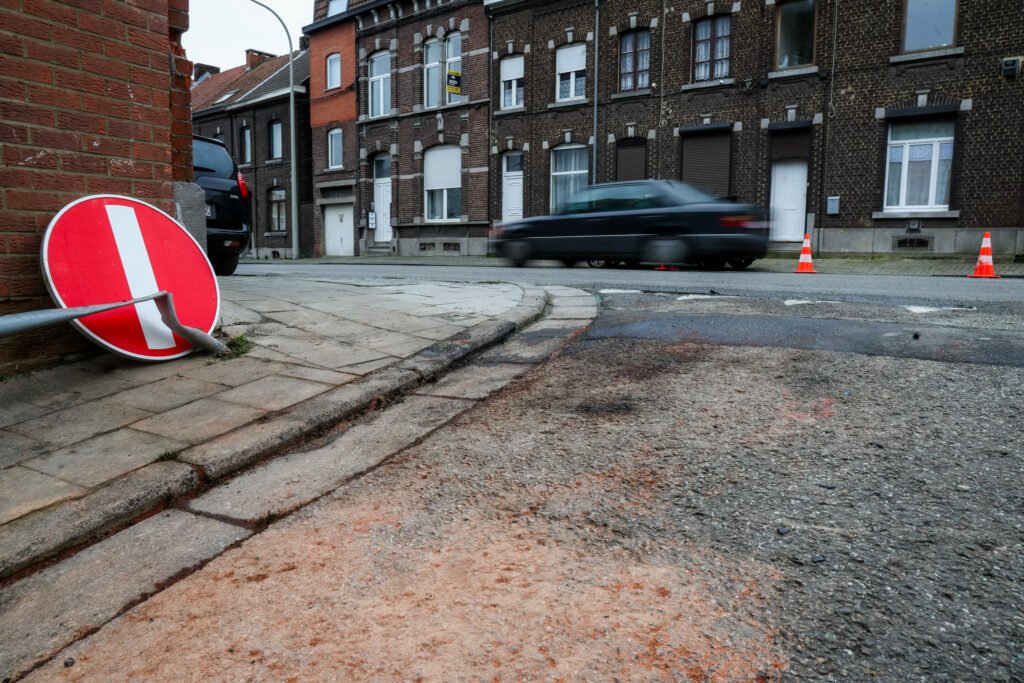The European Commission published on Tuesday preliminary figures showing that the number of people killed in road accidents decreased by 3 % in 2024 compared to the previous year but the overall pace of improvement remains too slow to reach EU's goal of halving road deaths and serious injuries by 2030.
In numbers, around 19,800 people were killed in 2024, which was 600 fewer lives lost. According to the Commission’s assessment, most EU Member States are not on track to meet the 2030 goal, not to mention the long-term goal of gradually eliminating totally fatalities and serious injuries from traffic accidents by 2050.
This might not have come as a surprise to the Commission. As reported in March 2024, the European Court of Auditors (ECA) published an audit report which concluded that the EU and its Member States were set to miss the ambitious road safety goals. By 2030, deaths are set to fall by only a quarter instead of the planned half of the figure for 2019, when 22,800 people were killed on EU roads.
“At the current rate of progress, the goal of halving fatalities this decade will not be achieved. If the EU and its member states want to meet their goals, they must move their efforts up a gear,” commented Eva Lindström, the Swedish ECA member who led the audit. To meet the 2030 goal, an annual EU-wide cut of 4.6 % would be needed
The fatality rates vary widely by Member States with an EU average of 44 per 1 million inhabitants in 2024. Sweden decided on a ‘zero vision’ – that no-one should be killed or seriously injured in traffic - already in 1997 and has the lowest fatality rate with 20. Romania had the highest fatality rate with 77 and an old car fleet.
Over the past five years, Greece, Spain, France, and Italy have seen only modest declines in road deaths, while Ireland and Estonia have experienced an increase – although annual fluctuations in smaller countries tend to be more pronounced. In contrast, Bulgaria, Denmark, Lithuania, Poland, and Slovenia are making strong progress toward the 50% reduction target.
Belgium’s fatality rate in 2024 was 37 per 1 million inhabitants, well below the EU average, after a reduction in the rate by 13 %, but the Commission cautions that the figure is based on data for the first six months of the year. For more details and a breakdown of the figures by Member State, click here.
Rural roads continue to pose the greatest risk, with 52% of fatalities occurring on these roads. The majority of road deaths (77%) involve men, while older adults (65+) and young people (18-24) are particularly vulnerable road users.
In terms of road user type, car occupants account for the largest share of fatalities, followed by motorcyclists (20%), pedestrians (18%), and cyclists (10%). Vulnerable road users, including pedestrians, cyclists and motorcyclists, make up nearly 70% of urban fatalities, highlighting the urgent need for improved safety measures to protect them.
Road safety is a shared competence with Member States and the EU road safety goals can only be achieved if they together put the necessary policies and funding in place. The Member States are figuratively speaking the ones in the driving seat when it comes to implementing certain measures that could directly improve road safety, according to ECA.
The Commission commented that it has several upcoming initiatives on road safety. In the coming months, it will present a road worthiness package, focusing notably on strengthening periodic vehicle checks and improving roadside inspections for commercial vehicles.
Additionally, the Commission is expecting the trilogue negotiations on its proposal for driving licenses and cross-border enforcement to resume soon, which it says will contribute to enhancing road safety in the EU.

